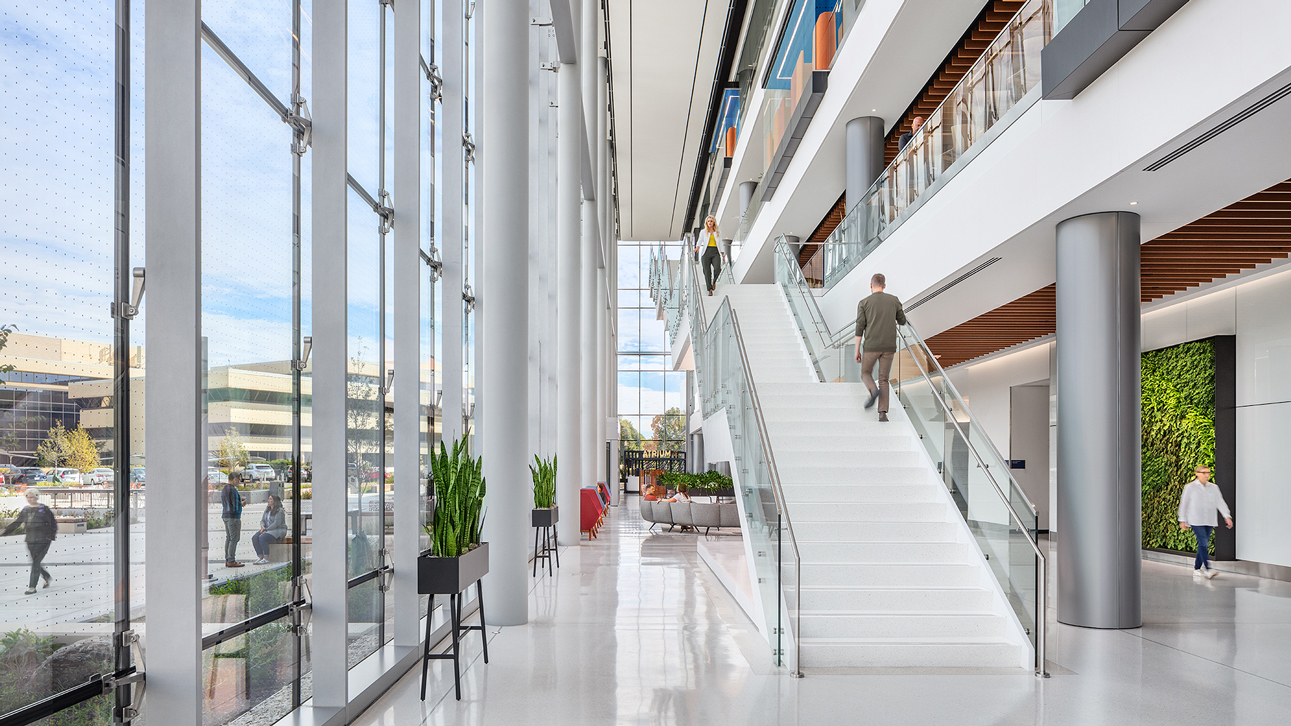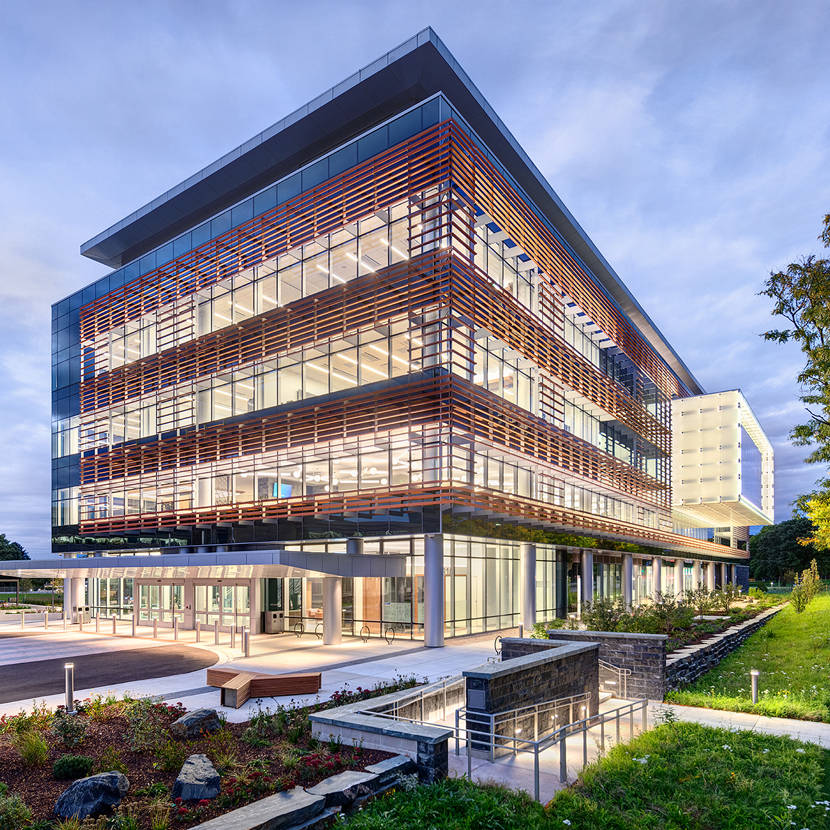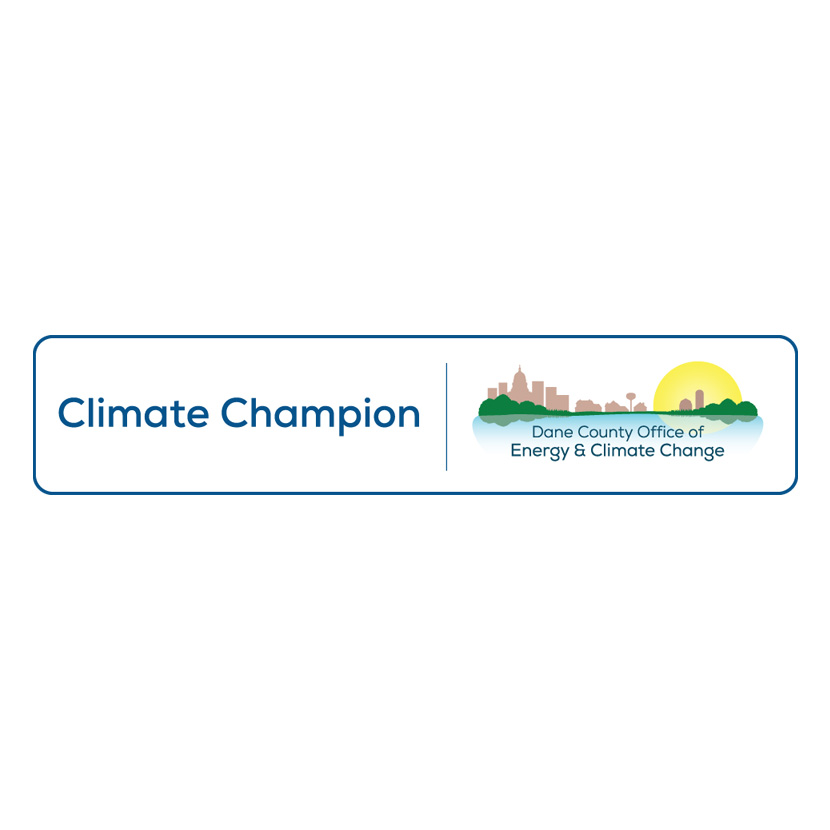- About TruStage
- Environmental social governance at TruStage
Keeping actions intentional
While relatively new on our corporate Environmental Social Governance (ESG) journey, we’re striving to build a culture that fosters inclusive environments and is intentional about reducing our impact on the environment. Our efforts are made to empower the communities we serve and create a positive impact on society daily.

For more on Diversity, equity & inclusion
Corporate social responsibility
Environmental refers to environmental impacts and risk management practices.
Social refers to relationships with our company, community and overall society.
Governance refers to how an organization is led and managed.
What this looks like in practice
- Our new headquarters built with low-emitting materials, advanced indoor air quality measures, and recycling more than 98% of building materials from the demolition of the old building.
- Fostering relationships and creating environments rooted in support – regardless of gender identity or expression, sexual orientation, religion, race, ethnicity, age, disability status, or citizenship.
- Being inclusive, doing the right thing, making a difference, and looking for innovative ways to meet the needs of our customers, workforce, and communities.
Our approach
Trusting relationships
We set up policies, processes, and procedures to safeguard the promises we make to policyholders and business partners.
Thriving people
We are intentional about attracting, developing, and retaining talent with fair and equitable development opportunities that enable skills development and professional growth across all levels at TruStage™.
Resilient communities
We facilitate tools and leverage our capabilities to help our partners, policyholders, and surrounding communities overcome adversity and thrive.

Lighthouse: Where our values shine through
- 13% of contract spend and 25% of hours worked went to women and people from historically marginalized groups in the construction industry
- 90% of construction waste diverted from landfills
- 100% reduction in outdoor irrigation water use
- 38% reduction in indoor water use
- 39% energy cost savings due to efficiency of new building




